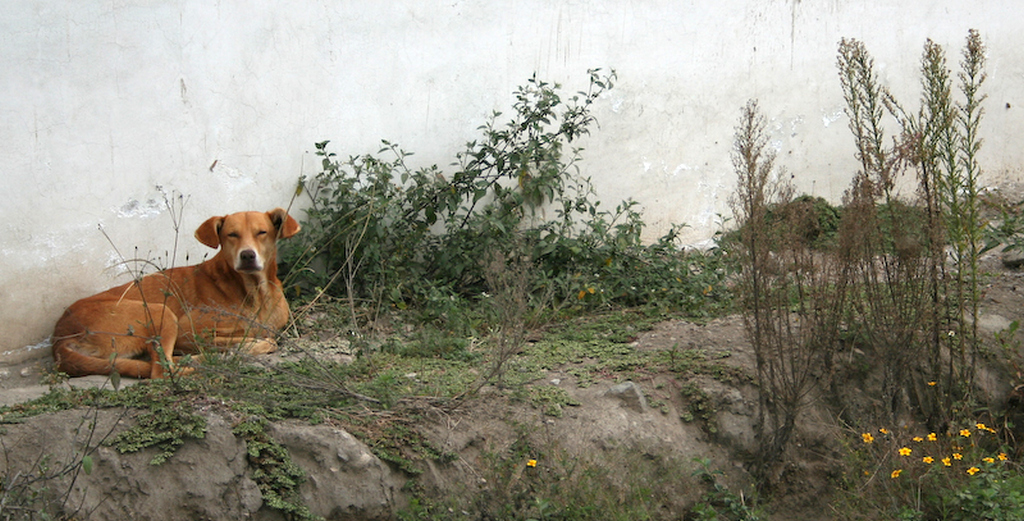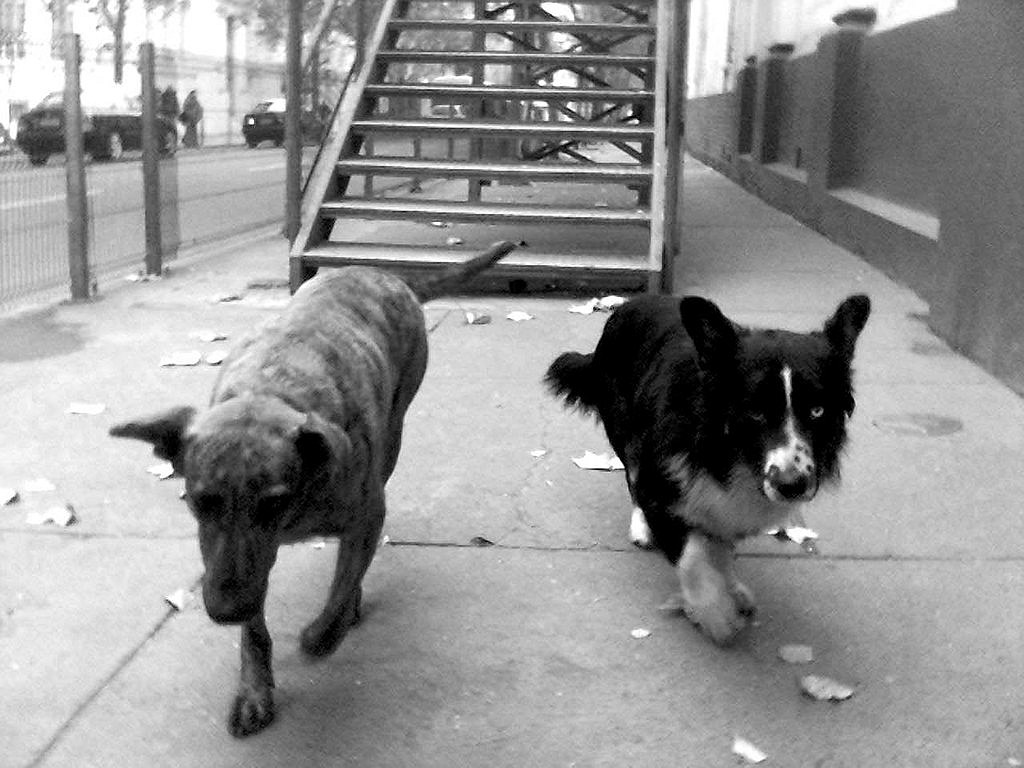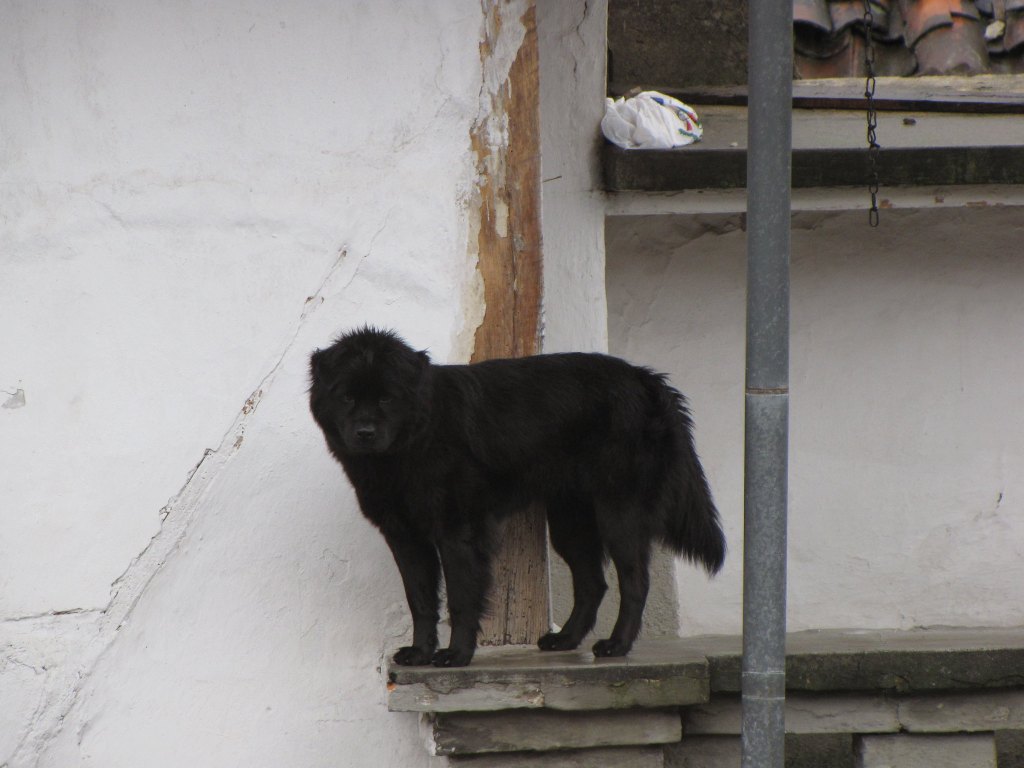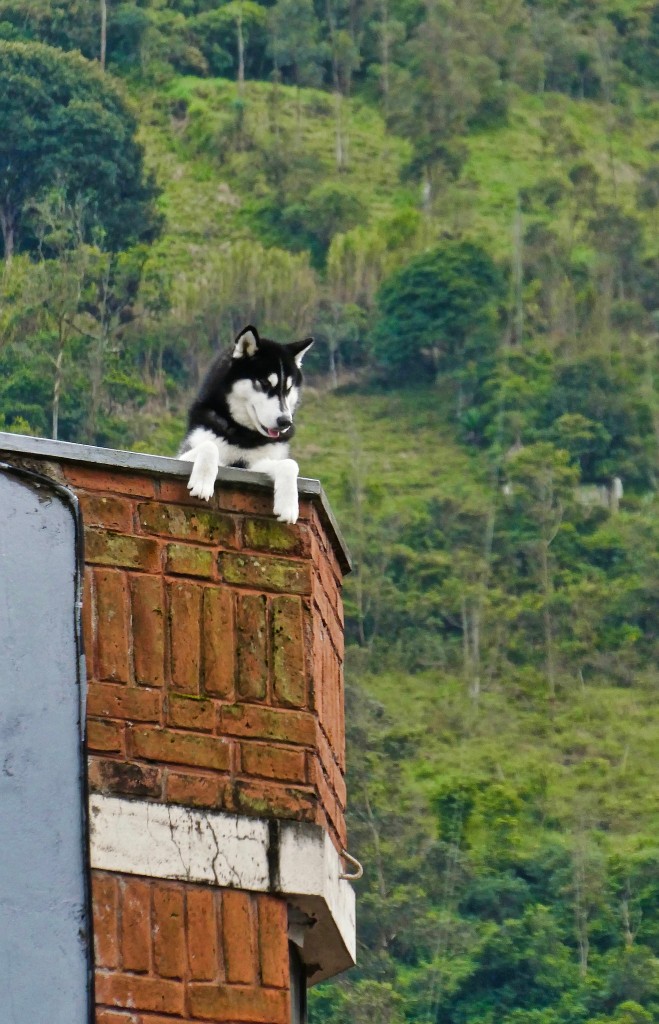
23 May 2023
An article about tracing the DNA of the famous sled dog Balto included this (paraphrased) fact about dogs:
Geneticist Kathleen Morrill compared Balto’s DNA with more than 600 genomes of wolves, coyotes, and dogs of different breeds including modern sled dog breeds such as Siberian huskies, more physically and genetically isolated sled dogs in Greenland, and “village dogs”— ownerless canines that live in Africa, South America, and Asia and make up 80% of the world’s dogs.
— Science Magazine: Hidden details of world’s most famous sled dog revealed in massive genomics project
Being from a place where free-ranging dogs are rare because they’re collected by Animal Control, I was amazed to learn that more than three quarters of the dogs on Earth are “village” or “street” dogs.
I had a taste of this on my trip to Ecuador in February. I saw many, many free-ranging dogs in the cities, villages and the rural countryside.

The dogs in Quito understood busy streets and the ebb and flow of traffic. They jaywalked when the street was clear to feast on the garbage bags placed on the median for collection. This was obviously a problem in rural places where people built raised platforms for their trash bags.
Not all of the dogs were on the street. I saw them perched on balconies …

… and on roofs.

At first I thought the street dogs were ownerless strays but then I noticed some had collars.
Veterinarian Nancy Kay visited Ecuador in 2016 and asked questions about the street dogs. She learned that most had owners but the owner-dog relationship is different than we’re used to in the States. Her insights include (paraphrased from her The Street Dogs of Ecuador blog):
- “Much like ravens and crows, these street dogs always managed to get out of the way [of vehicles] just in the nick of time.
- For the most part the dogs are owned solely for the purpose of property protection.
- While the dogs go home at night, most of their daylight hours are spent out on the streets.
- Most receive a modicum of food from their owners, so must rely on food found on the streets to sustain themselves.”
Learn more about the street dogs of Ecuador in veterinarian Nancy Kay’s blog: Speaking For Spot, The Street Dogs of Ecuador.
p.s. There are no ravens or crows in Ecuador. Perhaps dogs fill that niche.
(None of these photos are mine. Credits and links to the original photos are in the captions)